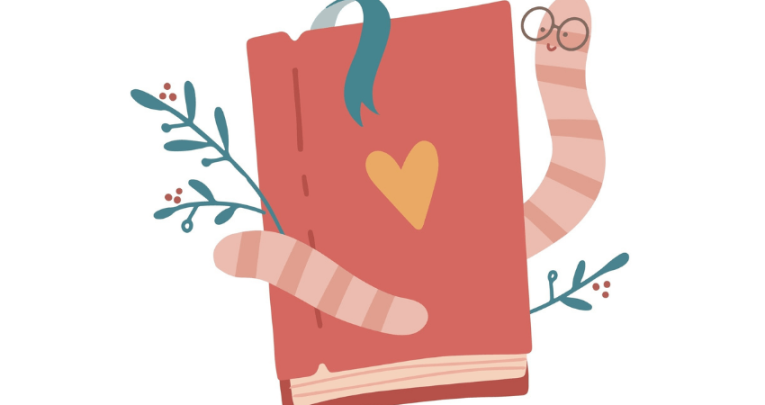Poetry in primary schools – how to build an effective curriculum

I’m starting with a confession: I’ve been meaning to write this piece for more than two terms…

- by Alison Dawkins
- Teaching and learning advisor for English at Herts for Learning

But things keep getting in the way, or seeming more important, and a poetry article has slipped further down my list.
And I do remember that used to also be the case when I was in school – the poetry lessons I’d intended, sometimes didn’t happen.
And yet, I love teaching poetry; I really love it. When I think back, some of my standout memories are of how readily children can become utterly absorbed by a poem, in ways that they might not always be by prose.
For example, I remember a child weeping at the end of Today Was Not by Michael Rosen, and when I asked him what was wrong, he said, “It’s so wonderful – his dog came back, and that’s what it’s like when you lose a pet and then find him again.”
For me, teaching poetry is a chance to become immersed in the form. It should be a delight.
Through poetry we can enable children to feel the rhythms and flows of complicated language without, at this point, much complicated analysis.
They will experience moments of high intensity and high emotion in what is usually a short piece of text.
Pupils can also appreciate precise word choices more easily than in longer texts, because there aren’t likely to be a lot of other words around, cluttering up the images or the story.
As Samuel Taylor Coleridge said, poets aim for ‘the best words, in the best order’. This description remains (for me anyway) the best definition of what poetry ‘is’.
Best poems to teach
But how do we choose poems?
When I’ve been working on shaping curriculums with schools lately, we’ve tended to go from our existing knowledge, to browse the internet, and to dip into anthologies.
‘Dipping’ is the key though – you’re looking for things that you like, that sing for you on a first read, without too much thought.
Many of the poems I mention in this article, apart from the longer ‘classics’ that are freely available on the internet, are from a book called My World – Poems from Living Language.
It was my ‘go to’ anthology if I wanted a new poem for my class. It’s out of print now, although you can still get second-hand copies, but the point is the process, not the actual book.
Poems tell stories and if a quick read sparks your imagination – it’s probably going to be a goodie.
There are many, many anthologies out there – many indeed in school libraries. Pick them up and have a quick browse. It really doesn’t take long.
You might want a closer look at one poet, or one type of poetry – but the approach is the same.
That’s how I chose The Lost Spells by Robert Macfarlane and Jackie Morris as a poetry collection around which to base some recent planning.
I’d already been blown away by the illustrations, and as I read a few sections from a few poems, beautiful lines began running repeatedly through my head. Personally, I think every child should read at least one of them.
However, and as a note of caution, don’t just take my word for it.
A few times when I’ve shared a poem I love, the subject leader has looked at me blankly, saying “It doesn’t do anything for me, sorry.”
To which I’ve replied, “No need for ‘sorry’; let’s find something else. Let’s read some more.” And in every case, we’ve found the poems needed. Different things sing for different people.
How to teach poetry
So, how do you go about effectively teaching around these poems?
My advice is to keep it simple and let the poem do the work. My (sort of) blueprint for planning would probably run like this:
- Before you read the poem, it’s often helpful to do a bit of brief scene-setting first. (For example, with Tennyson, ‘This poem is about a battle that took place over a hundred years ago, when, because of a muddle in communications, a battalion – that’s a group of soldiers – called the Light Brigade rode into a valley they weren’t supposed to go into. And nearly all of them were killed.’)
- But sometimes this is not helpful. John Walsh’s The Bully Asleep unfolds as we read, letting the reader explore their own reactions to the situation and the different characters.
- Read the poem aloud – in sections or straight through – and be guided by your own feelings.
- Briefly explain any particular words that really matter and/or will help the children get better mental images. For example, with Tennyson again, you could say: “Sabres are swords that have a slightly curved end. Everybody just practise brandishing (that’s waving in a fierce way) one. Actually, they’re quite heavy; have another go.”
- Keep re-reading the poem. This might involve the children echoing your model to mimic ‘intonation, tone and volume’ (National Curriculum 2014); or reading to themselves – get them to cup their hands around their ears so they can work in a loud whisper; or working in small groups to achieve a polished reading of all or part of the poem.
- Learn sections by heart. It’s a statutory requirement in the National Curriculum for many good reasons. Not least that it develops memory, and allows young children to internalise unfamiliar language patterns. Don’t worry if they don’t fully understand what they’re reciting; let the poem with its patterning and rhythms take over. After all, at the very earliest stages with nursery rhymes, we’ll give simple explanations for unknown vocabulary, but the quite complicated sentence structures used are simply absorbed by the children and pave the way for their use of those structures later on in their school careers.
- Do a bit of ‘in your seats drama’. (Thank you to Martin Galway for the term; much better than my ‘let’s act out this bit guys’). Picture the scene in my Y5 classroom: the drum roll on the tables to simulate the pounding hooves of the horses as we chant and dramatise with faces, arms and voices, parts of The Charge of the Light Brigade.
- Turn the words into pictures – either literally by drawing, or mentally into mind pictures. Jane Pridmore’s In the Dark works brilliantly to unlock imagination, or to literally see how Seaweed by D H Lawrence works, pop a piece of seaweed in a bowl of water and let the children play with it, while you read.
- Decide what sort of recorded outcome you want. I wouldn’t always have one, but generally the children want to produce something to showcase their learning. This might be writing a poem. It’s often fun to have a fiddle around with form; it’s almost always fun to write list poems.
Writing poetry can be fun and enjoyably challenging, but of course, apart from in Y2, it’s not statutory in the National Curriculum. Reading poetry is, though – for every year group, from Y1 to Y6. And even if it weren’t, I’d still do it.
Teaching poetry activities
There are an enormous number of outcomes that can arise from reading poetry – if you want something different to ‘write your own poem’. Here are a few that I’ve tried, and which, most importantly, the children have really enjoyed:
- Diary entry and instructions for looking after a dragon – A Small Dragon by Brian Patten
- Labelled diagram and explanation – My Blood by Carolyn Ross
- Interviews and newspaper reports – Adventures of Isabel by Ogden Nash
- First person recounts – That Spells Magic by Tony Bradman
Alison Dawkins is a teaching and learning advisor for English at Herts for Learning.










